It’s that time of year – pumpkin spice lattes are all over everything, leaves are turning colors, and… you’re drowning in extra fruits and berries that you need to find a way to preserve. Or is that just me?
While you might want to make jams or jellies year ‘round (I first learned this year thanks to my blackberry obsession), fall is the time where we all start thinking about how to preserve our natural goods for the winter months ahead.
Hang On, Do I Want Jam, Jelly, or a Preserve?
If you’re not someone who already does this every year, you’re probably wondering whether you want to make a jam, a jelly, or a preserve. All three of these foods are fruit spreads that are made of cooked fruit or fruit juice, pectin, and sugar. Let’s break down the differences.
- A Jelly is made with fruit juice instead of chunks of fruit and sugar. It may or may not have pectin in it. Jellies are strained through a jelly bag to remove any solids. They’re the smoothest of the three foods here.
- A Jam is made of fruit juice, chopped fruit, or even pureed fruit (but not whole fruits). It includes pectin and sugar and may have some texture to it.
- A Preserve includes whole berries or chunks of fruit and pectin and sugar. Preserves are generally what people make if they’re going to tackle this at home.
Personally, I’m a preserve sort of person. Whatever type of fruity spread that you prefer, be sure to find the right recipe for your tastes. Trying to modify a preserve recipe to make it into a jelly is more likely to end in frustration than delicacy for most of us!
Basic Tips for Making Fruit Spreads
Before we get to the actual jam-making, let’s go over a few important tips when it comes to making jam and jelly:
- Preserve the fruit at peak flavor. While it might be tempting to throw all of the fruits that are a bit too mushy or a bit too green into a preserve, the result just won’t be as good. Unfortunately, it’s not like the green fruits and the overripe ones cancel out. The jam just doesn’t turn out as tasty as it could be.
- Pay attention to jar size. Using a different sized jar from what the recipe recommends will change how long it takes for the jam or jelly to set.
- Don’t forget to wash! Rinsing fruits will ensure they’re safe to eat (and will get rid of any little bits of greenery that ended up in your cache). Rinse fruits rather than soaking, as many fruits will absorb water if soaked. This can dilute the flavor of your jam or jelly.
- Follow the recipe. This seems like a no-brainer, but recipes are formulated for a specific preparation style (cut, crushed, juiced, or chopped fruits) and a specific amount of sweetener. Just look elsewhere for a different recipe if you’d like a low-sugar or seedless option. On that note, don’t double or halve batch size. That can affect how long you need to boil the jam or let it sit, so just don’t mess with it!
Great, now that we’ve got that out of the way, let’s look at some of the best recipes out there.
Rather than trying to pick a single favorite fruit spread, we figured it was best to just point you to some of the best on the internet. We didn’t want to limit you to jelly if you’re a jam person, or blackberries if you’re drowning in blueberries!
Fruit Spreads: From Jellies to Preserves
We compiled a bunch of great recipes, then sorted them by type of fruit and type of spread. Let’s get started!
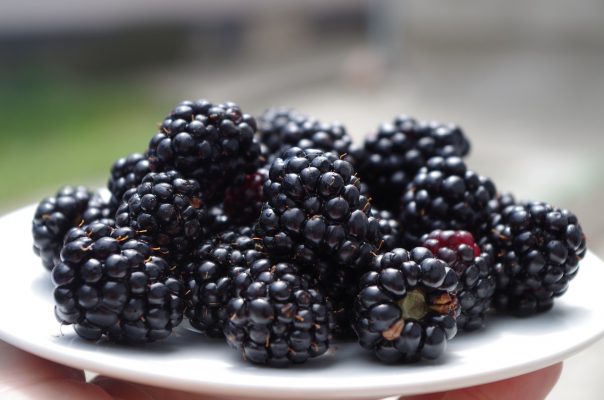
Blackberries: With their plethora of seeds, it’s not surprising that blackberries are most often prepared as jam or a preserve. However, it’s totally possible (and delicious) to make blackberry jelly!
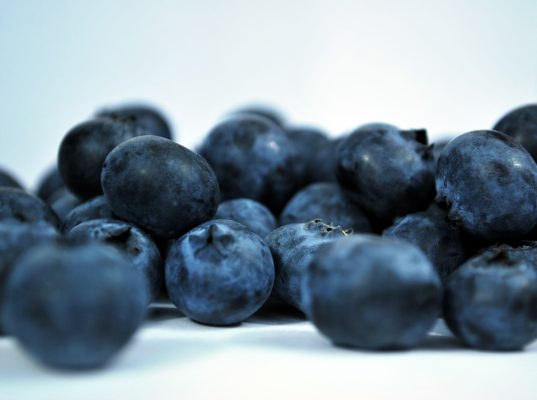
Blueberries: Blueberry spreads are a bit less common than other berries, but they’re delicious. Blueberry spreads are the perfect way to save all of the extra berries left over after a day of pick-your-own!
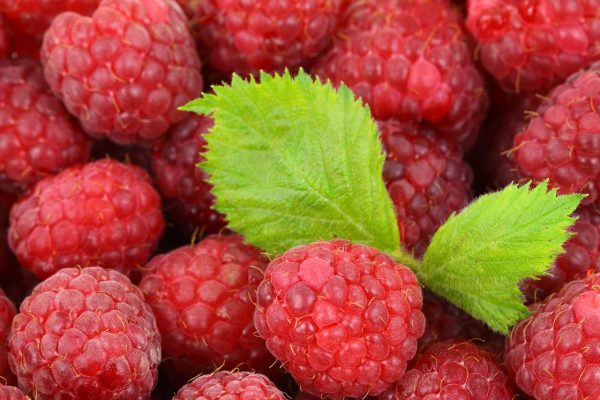
Raspberries: Like blackberries, raspberries can be quite seedy. This makes raspberry jelly quite popular with kids (or adults who don’t like seeds), but raspberry jelly is also a bit tricky without a juicer.
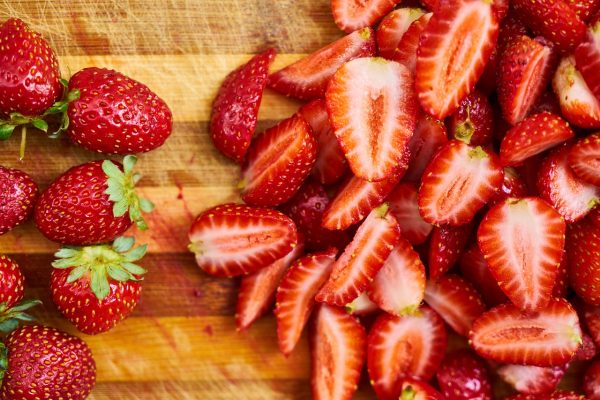
Strawberries: No matter if you’re all about the seeds or more into a smooth spread, strawberries are a classic fruit spread for a good reason. They are naturally sweet and so delicious!
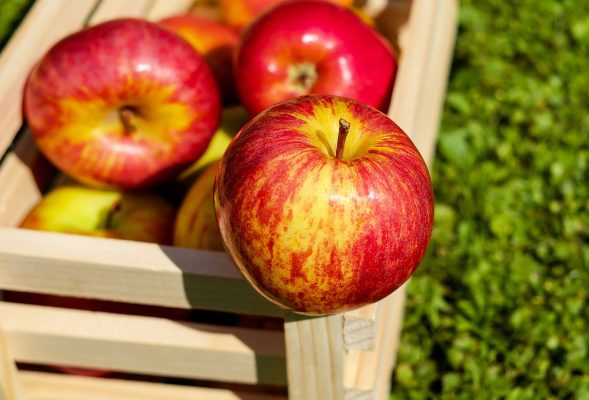
Apples: That’s right, you can make apples into a fruit spread! Apple jelly is commonly mistaken for apple butter, which is a different spread.
We’ll also include an apple butter recipe here.
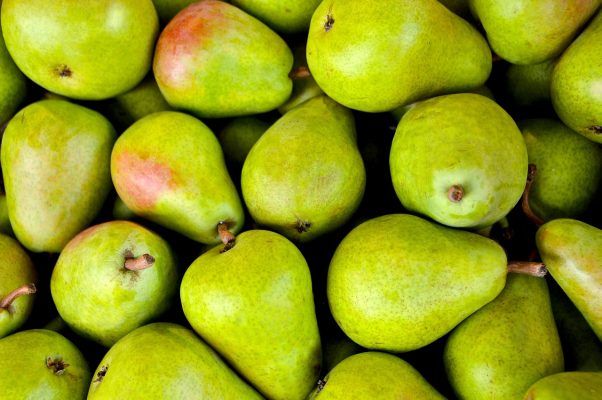
Pears: While you don’t often find pear jam at the breakfast table, spreads made from pears are delicious. They’re often made with a bit of fall spice, making them perfect for cool mornings.
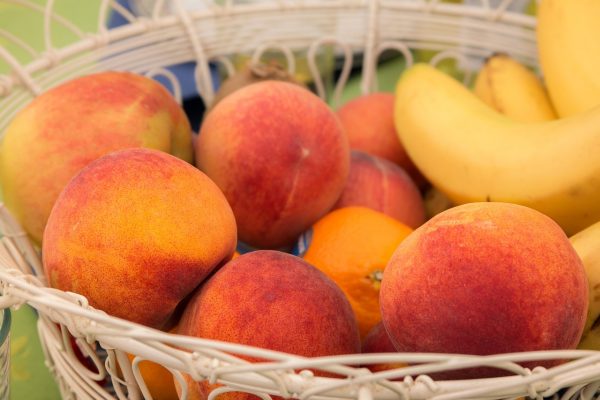
Peaches: You don’t just have to can your peaches in syrup (though that’s delicious, too). Peach spreads are delightfully sweet and have the most gorgeous golden red color.
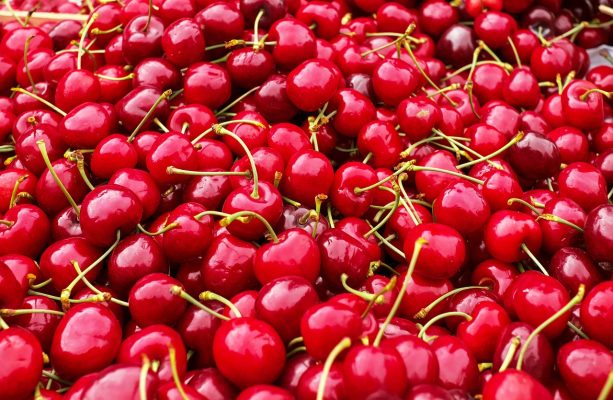
Cherries: Some cherry fruit spreads turn out a bit tart, so be sure to find a recipe that fits with your tastes. You’ll have to remove all of the pits before making anything from your cherries, which can be a bit of a pain.
We’d love to hear how your endeavors with homemade fruit spreads go. Did you like the recipes, or do you need to try again?
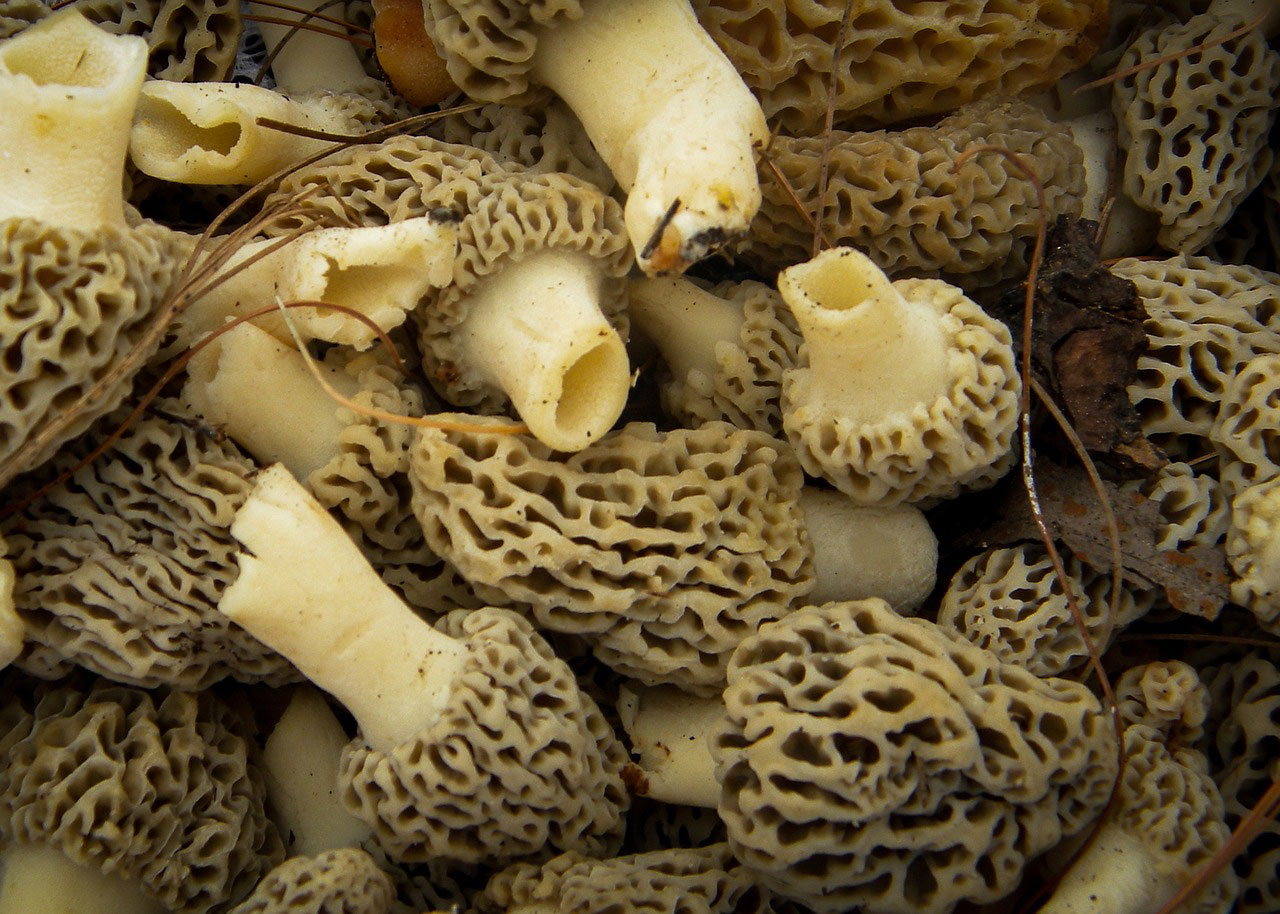
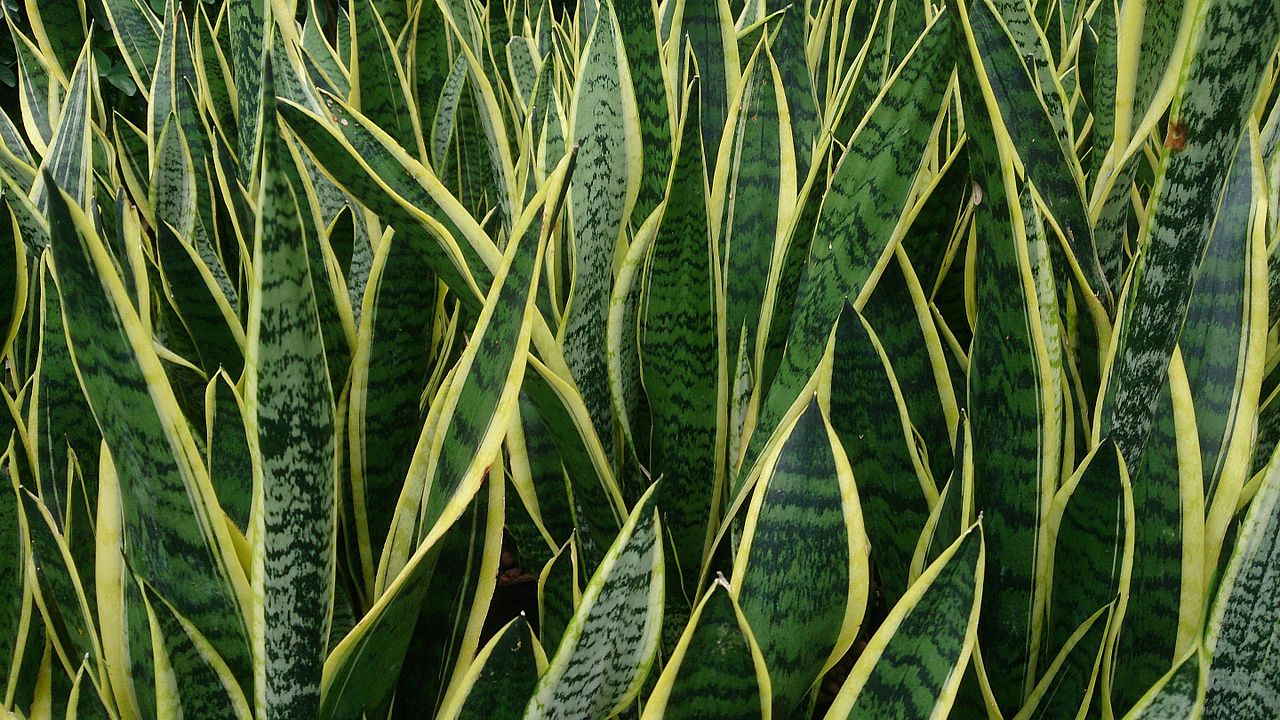
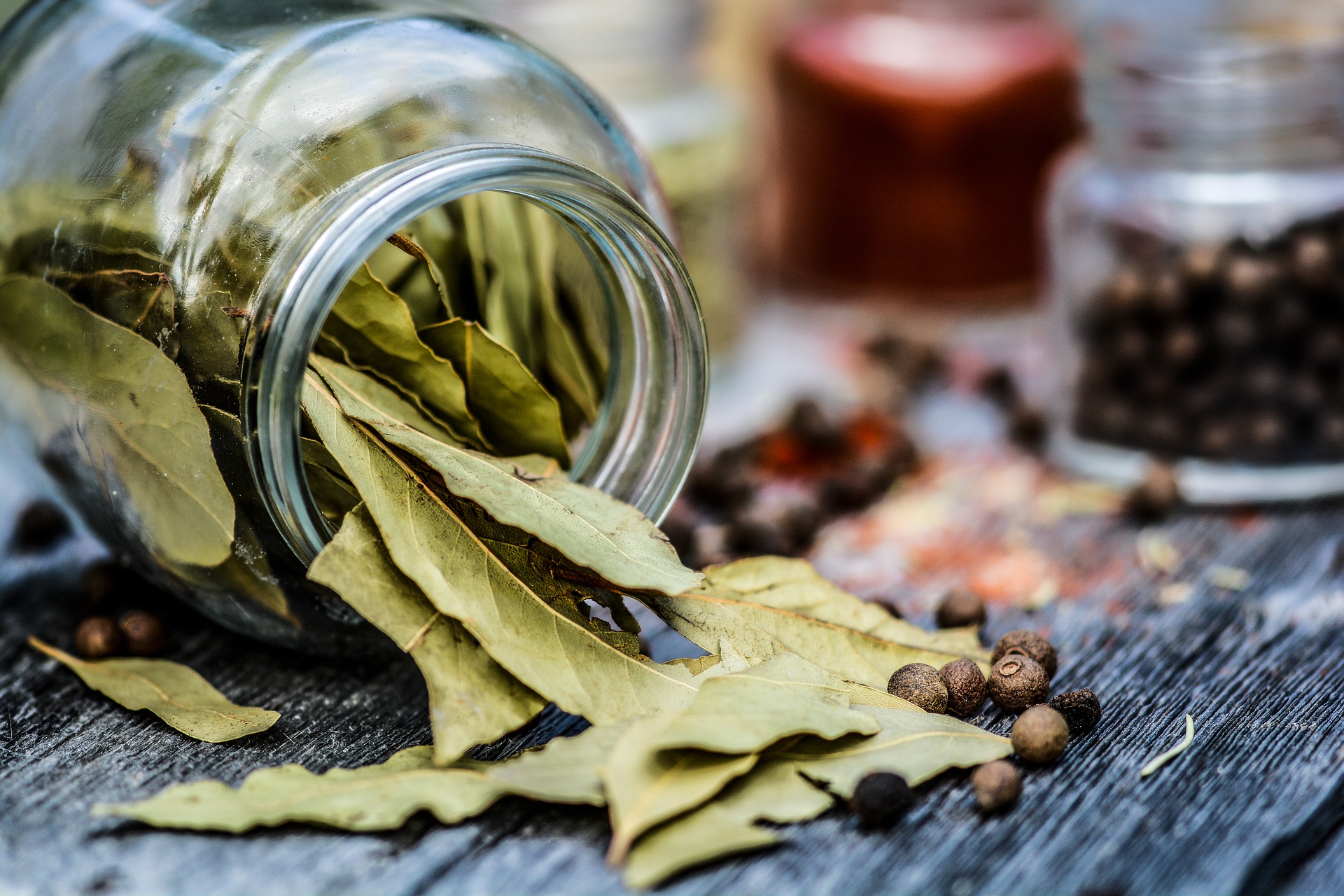
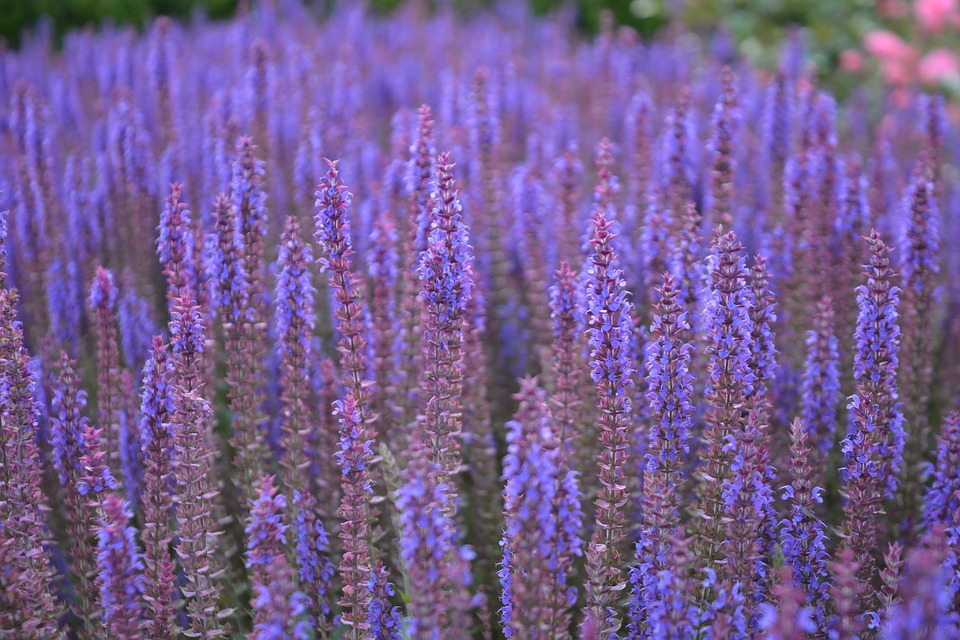
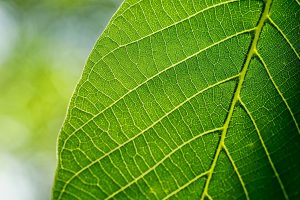

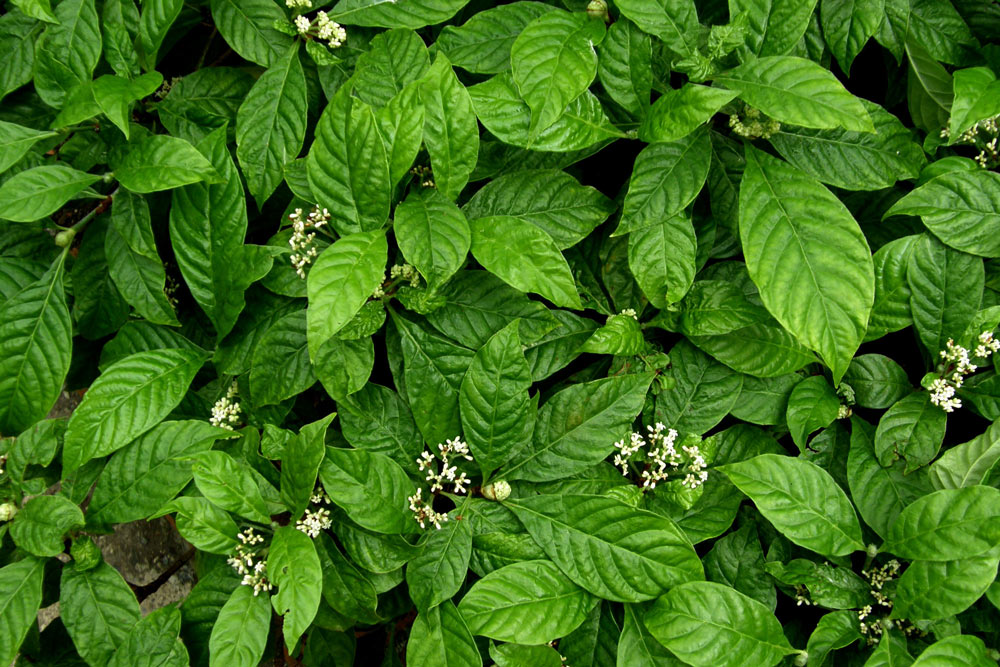
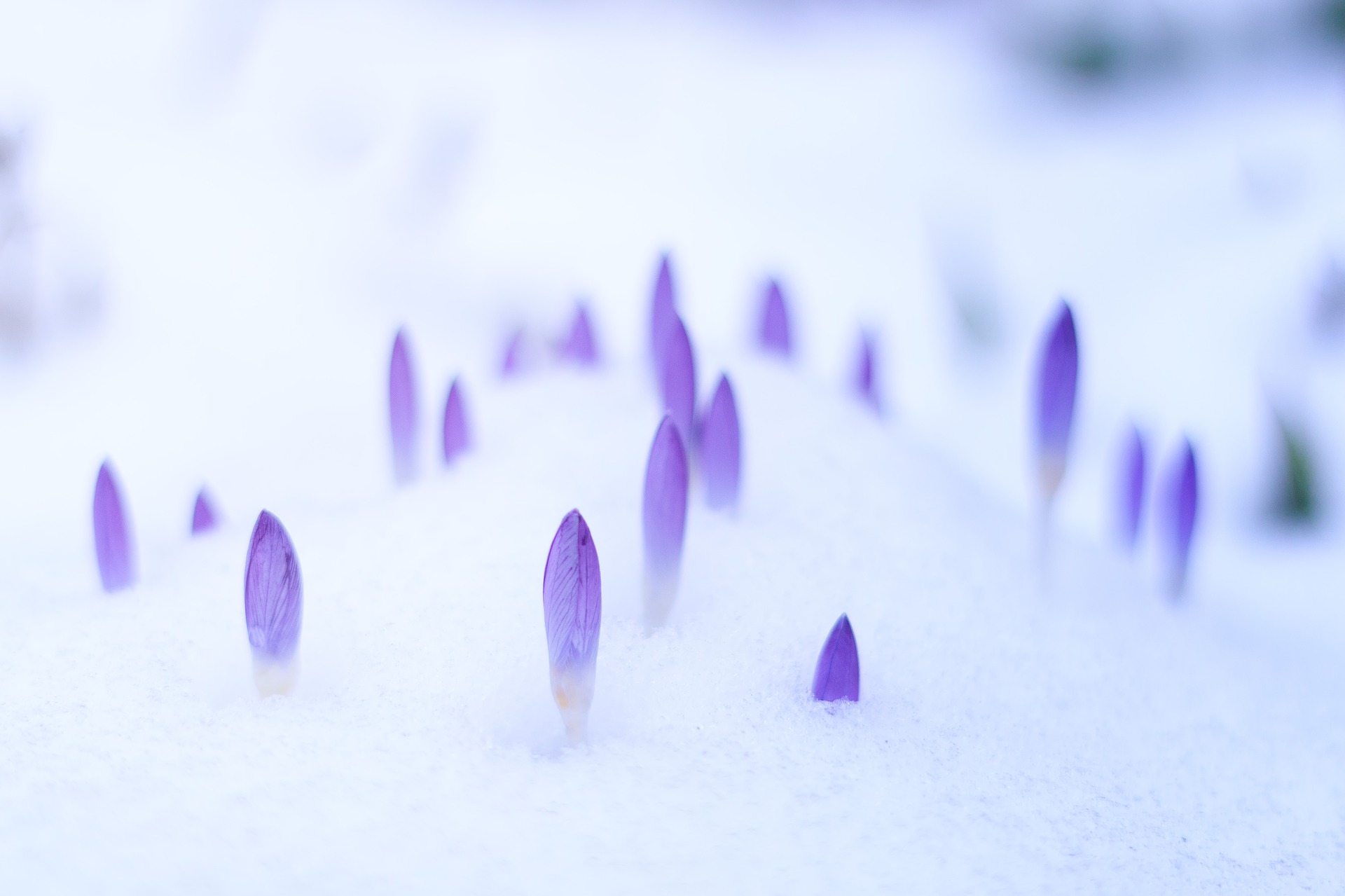
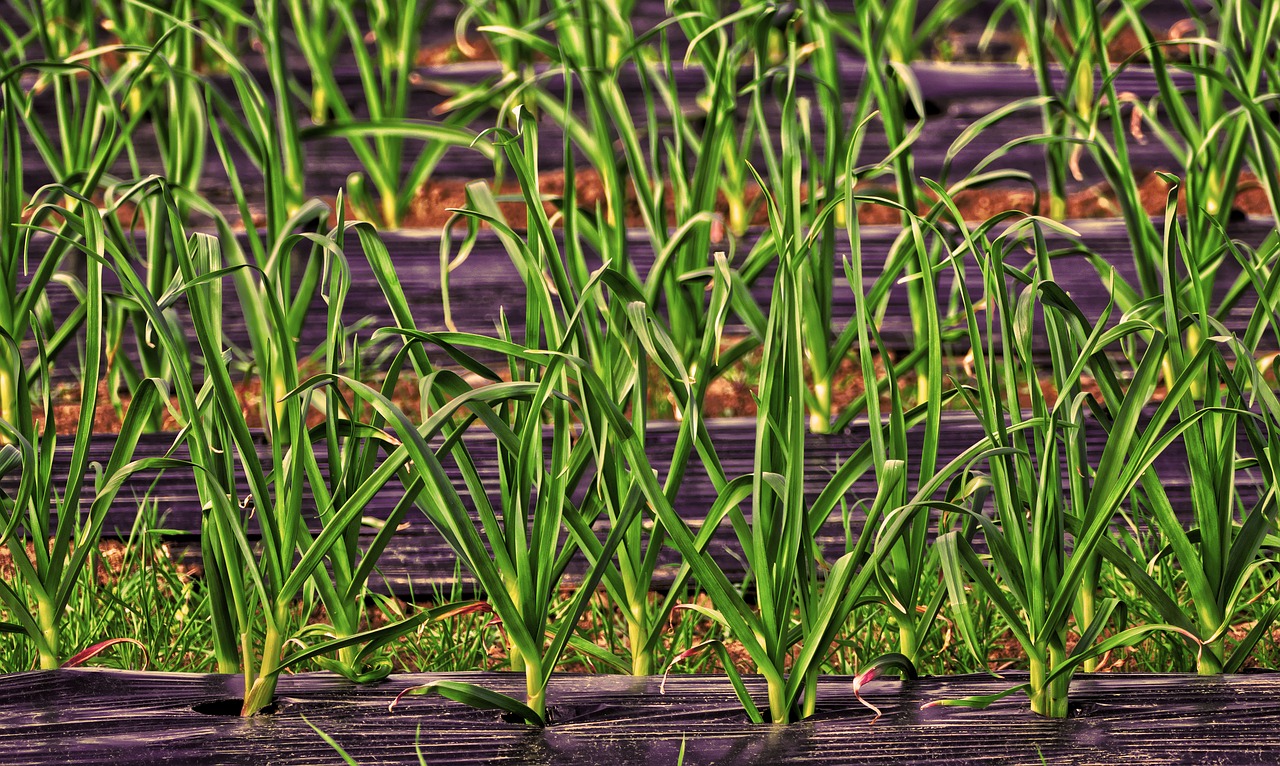
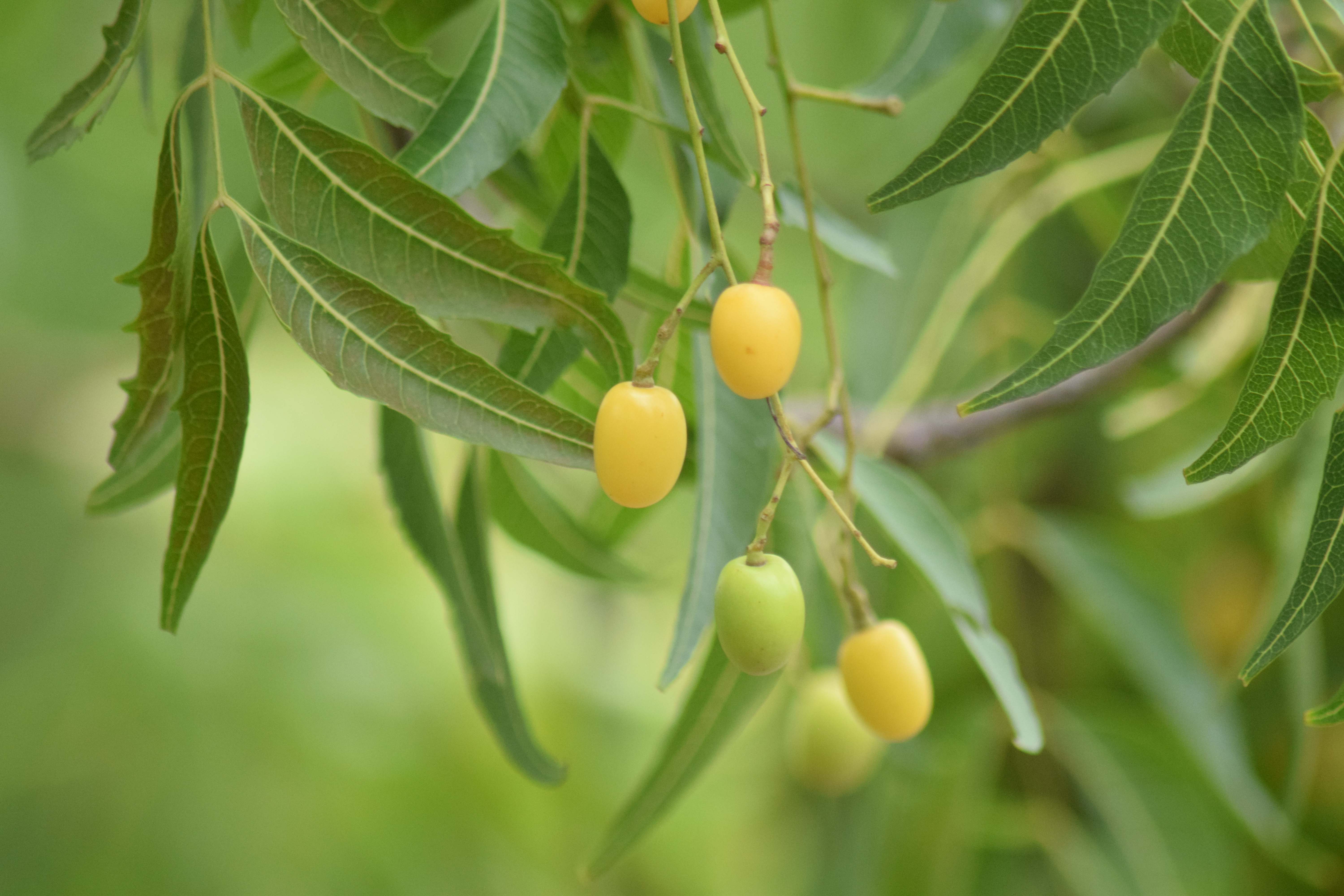
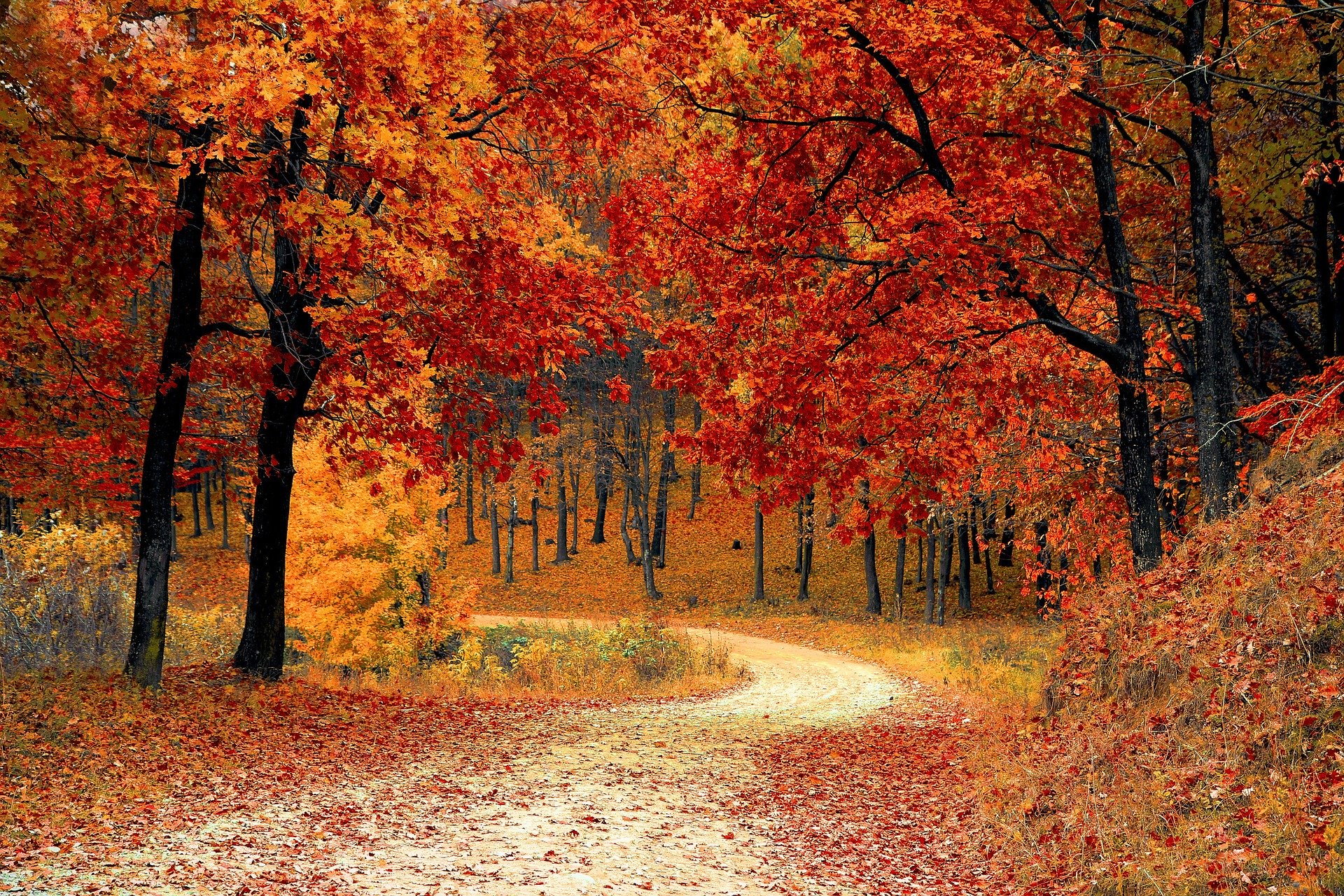


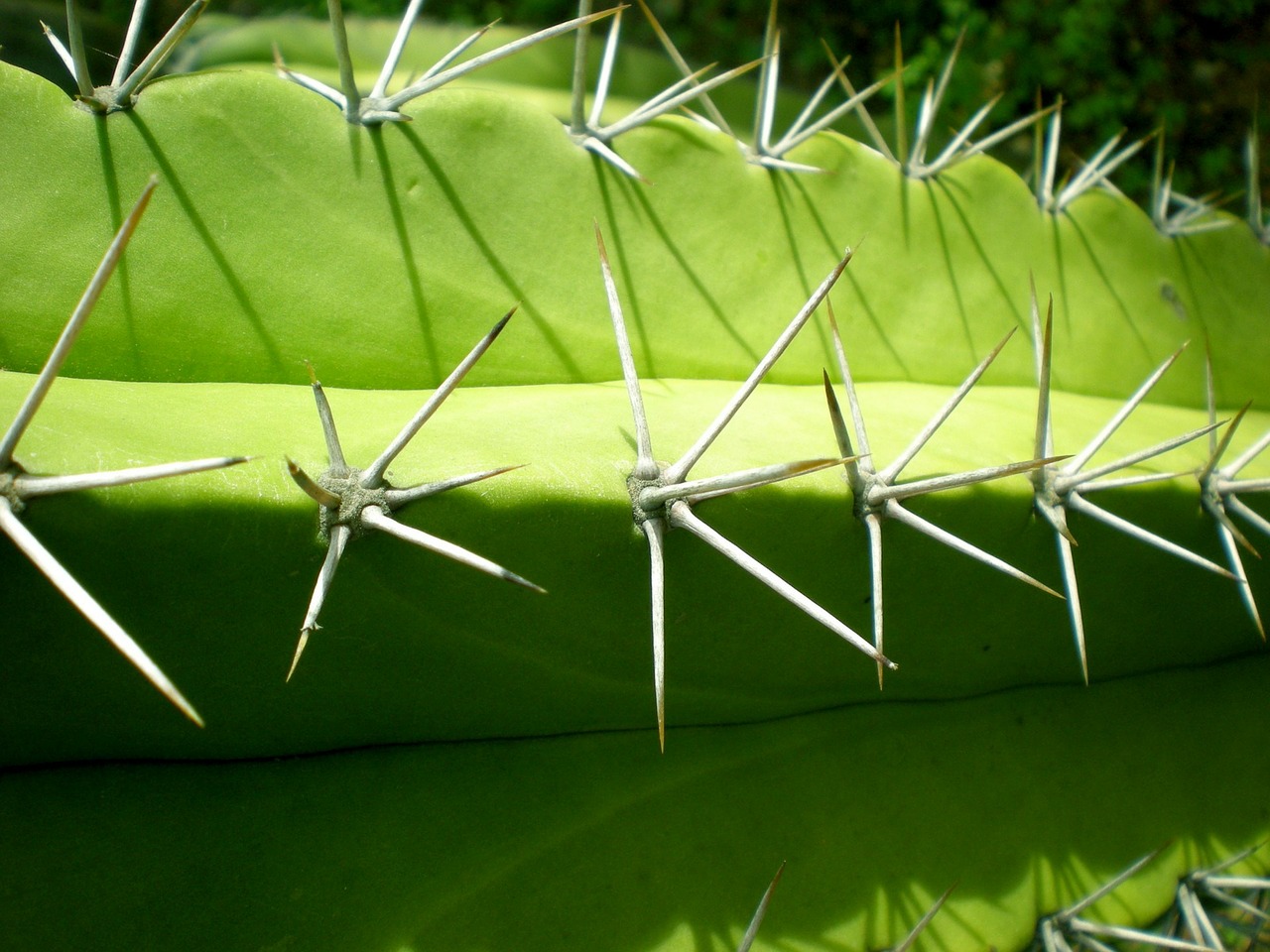
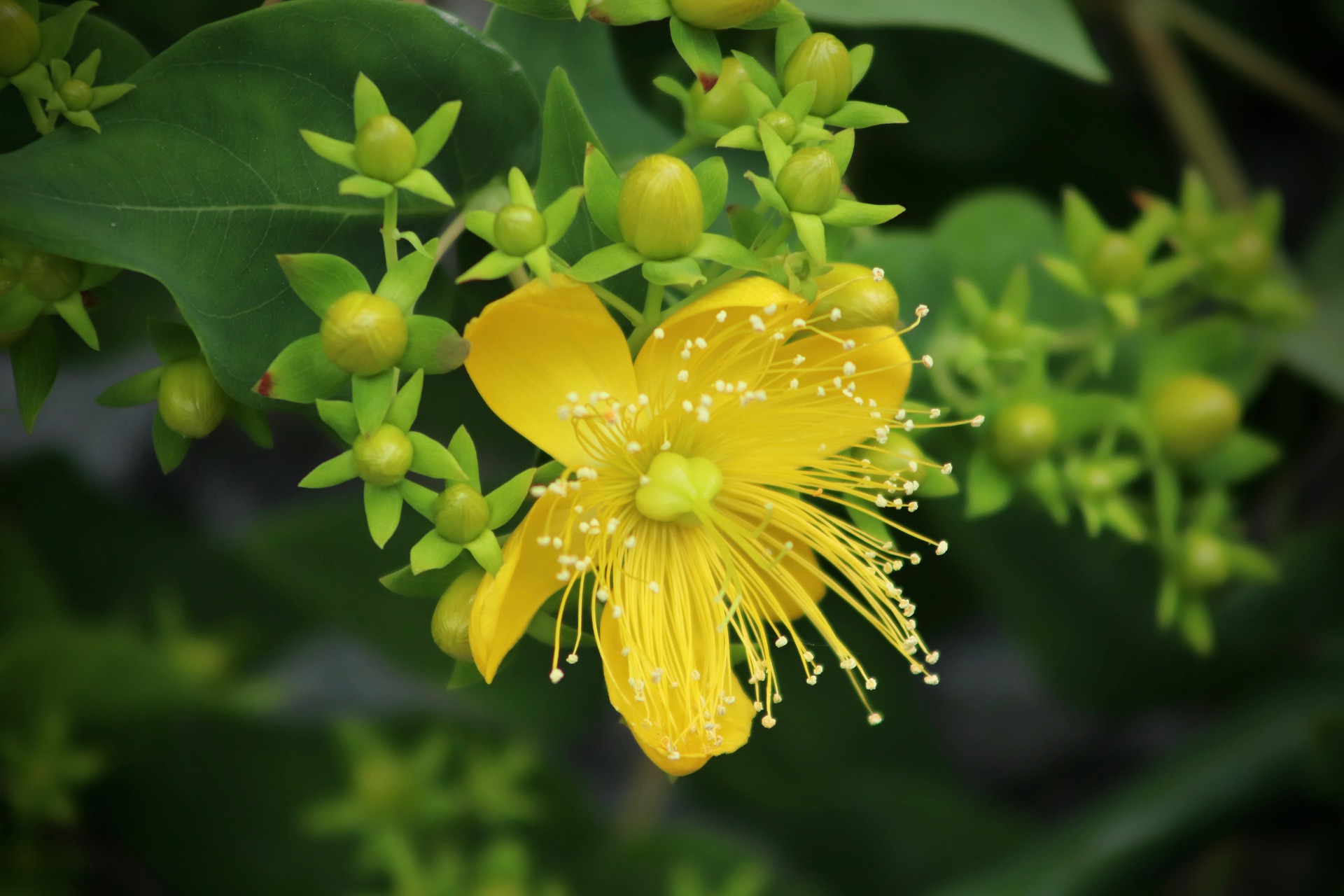
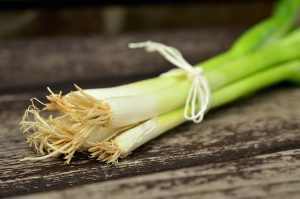
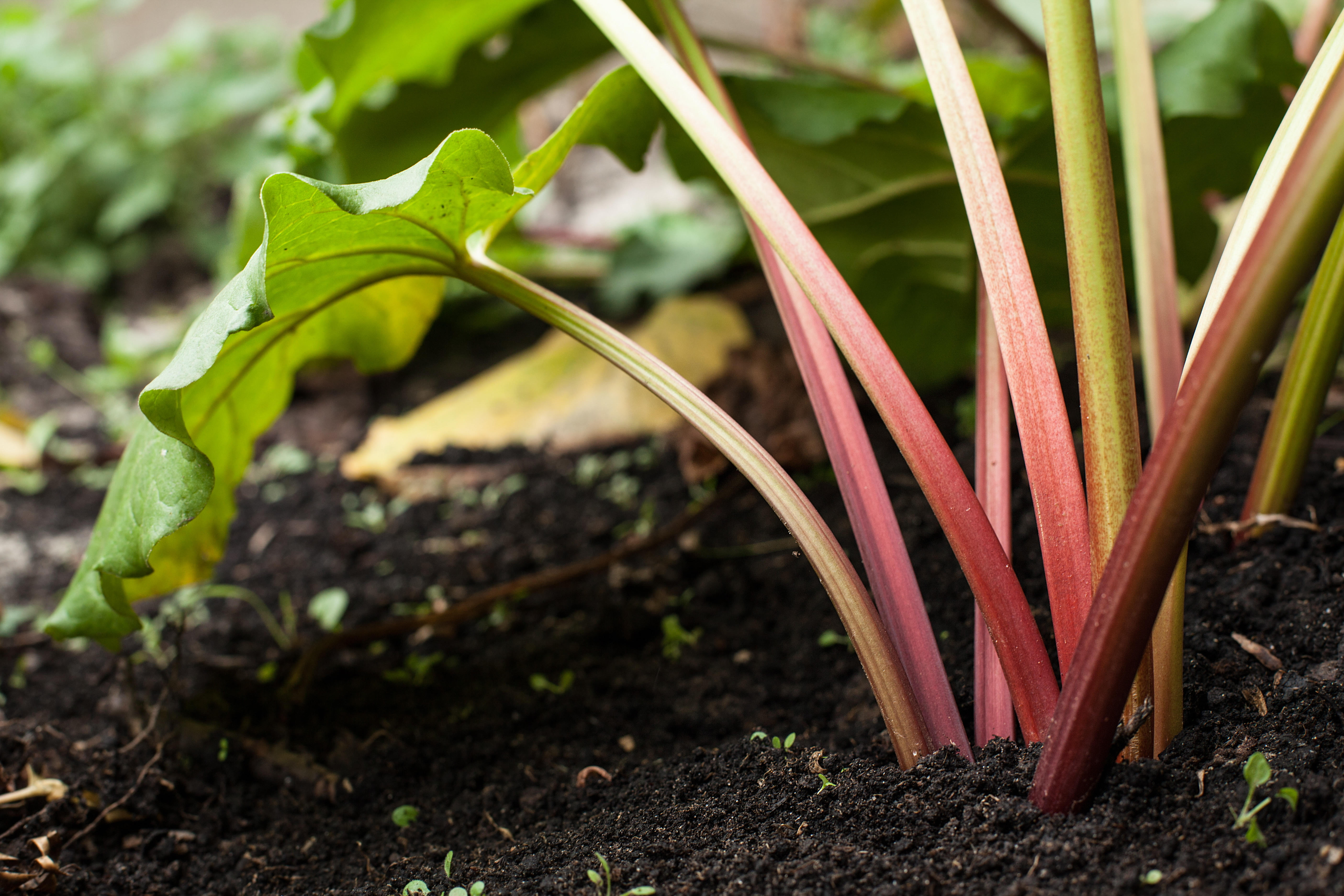

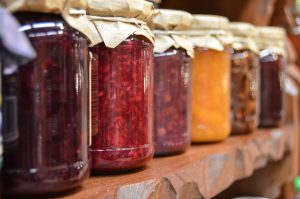
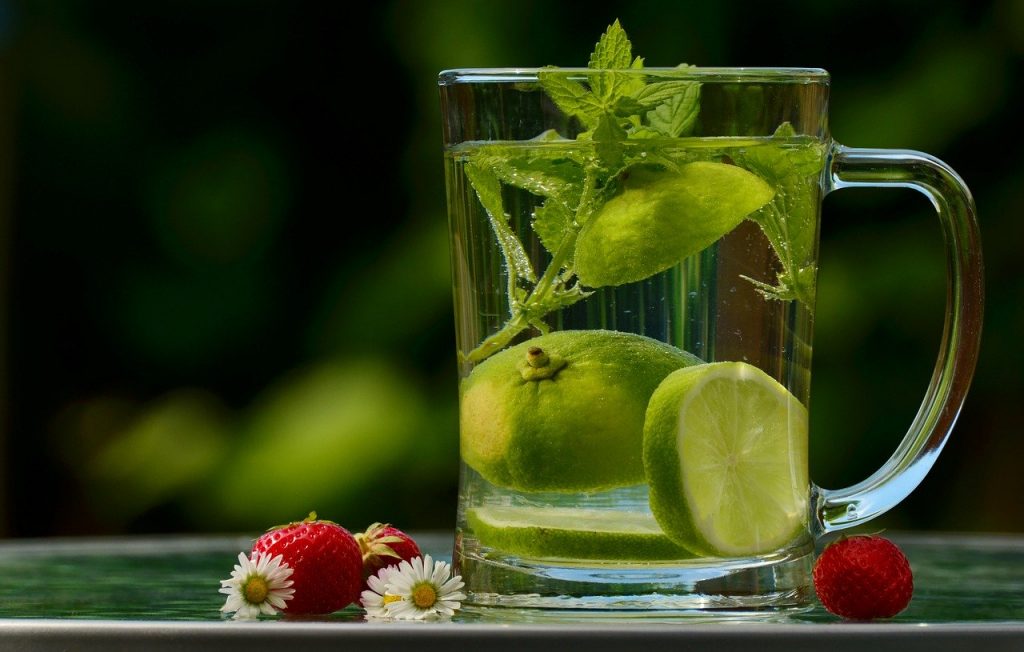
0 Comments